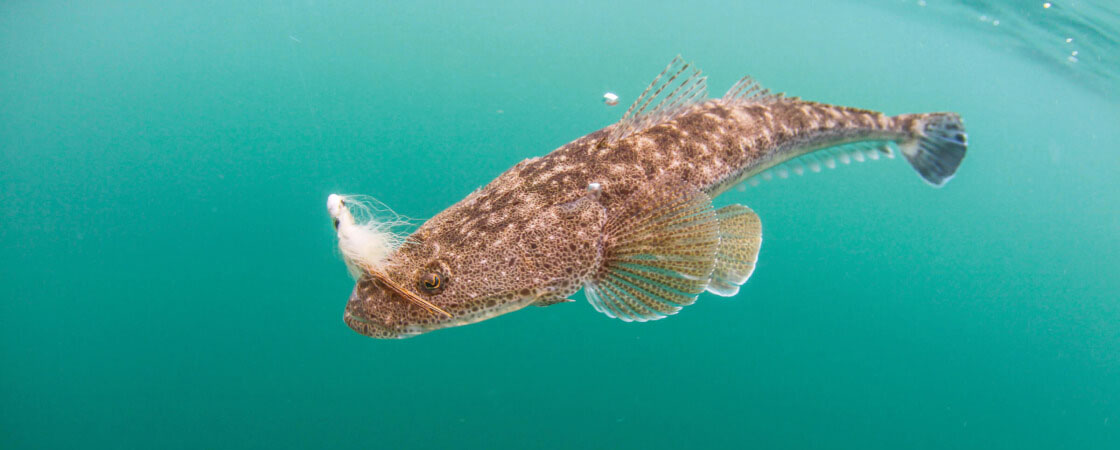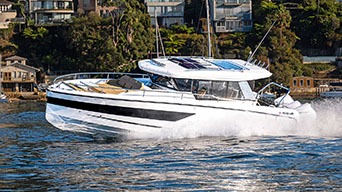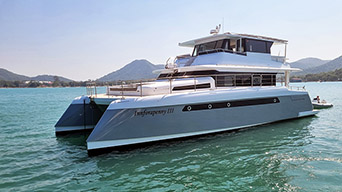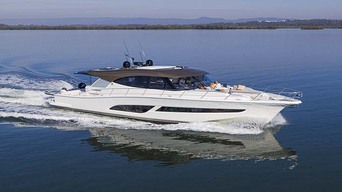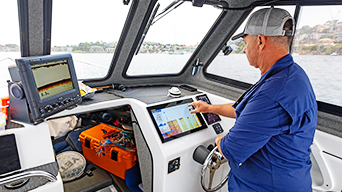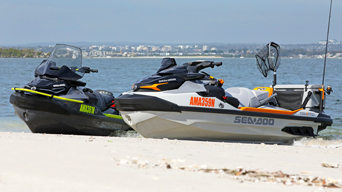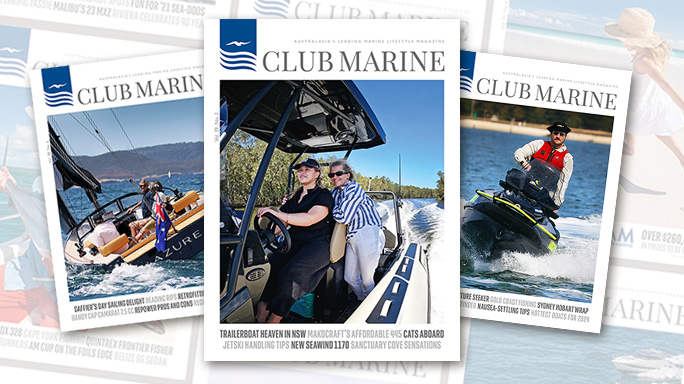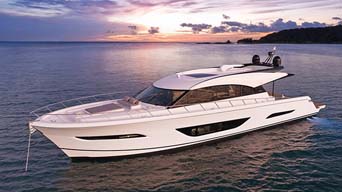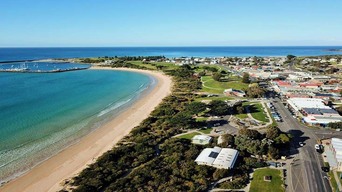Looking somewhat prehistoric in appearance, that poor little sand flathead certainly wouldn’t have won any beauty contests, but to me it was the coolest fish in the world – little did I realise how much that fish would set me on the most exciting career path ever. That is why, even today, with some of the biggest and best fish ticked off the list, I still have a soft spot for the humble old flatty.
It may surprise many readers, but there are more than 40 species of flathead found right around the country. They are in every state and live everywhere, from water just a foot deep to well past the continental shelf.
Despite the wide range and selection, only a couple of species are of real interest to sportfishers. The sand, tiger, blue spots, yank, and the most infamous, the dusky, are really the only species we target as a rule. At the other end of the spectrum there are bizarre and virtually unknown species like the ghost flathead or the absurdly named tassel snouted flathead – which, I am pleased to say, we have, in fact, caught!
The dusky flathead is the most highly prized of the flatty clan and it is no coincidence that it is also the biggest member of the family and can grow to more than 12kg in weight. However, fish over the 6kg mark are a rarity in most waterways.
Interestingly, as all big duskies are females, conservation-minded anglers naturally opt to release all the big ones. As a result, the trend has gone away from actually weighing fish to measuring them instead.
Today, a trophy is all about cracking that metre-long fish, which anglers affectionately refer to as an ‘estuary crocodile’. At this size, duskys can be more than eight years of age according to researchers – incidentally, males barely even reach 50cm in length.
Irrespective of the species you favour, all flathead share the same characteristically flat shovel-like head. And while they are certainly not the prettiest of fish, they are perfectly adapted as a bottom-dwelling ambush hunter. Concealing themselves in the sand or among weed, they wait patiently for prey to come within striking distance then explode out of cover and, with the element of surprise, snap up their meal.
Their gills actually extend right around to the top of their head, which means they can almost completely bury themselves in the sand with nothing more than their eyes showing and still breathe. Their ability to match the colour of their skin to their surroundings is nothing short of amazing and they can blend in so well, they are almost completely invisible.
Understanding these basic characteristics and making sure you get your bait right under their noses will dramatically improve your fishing.
